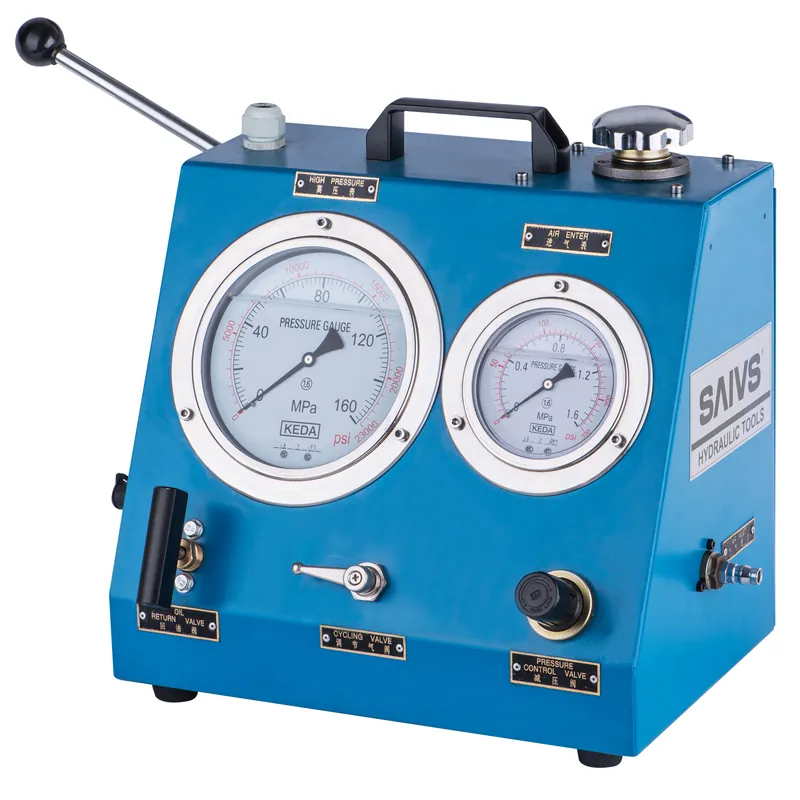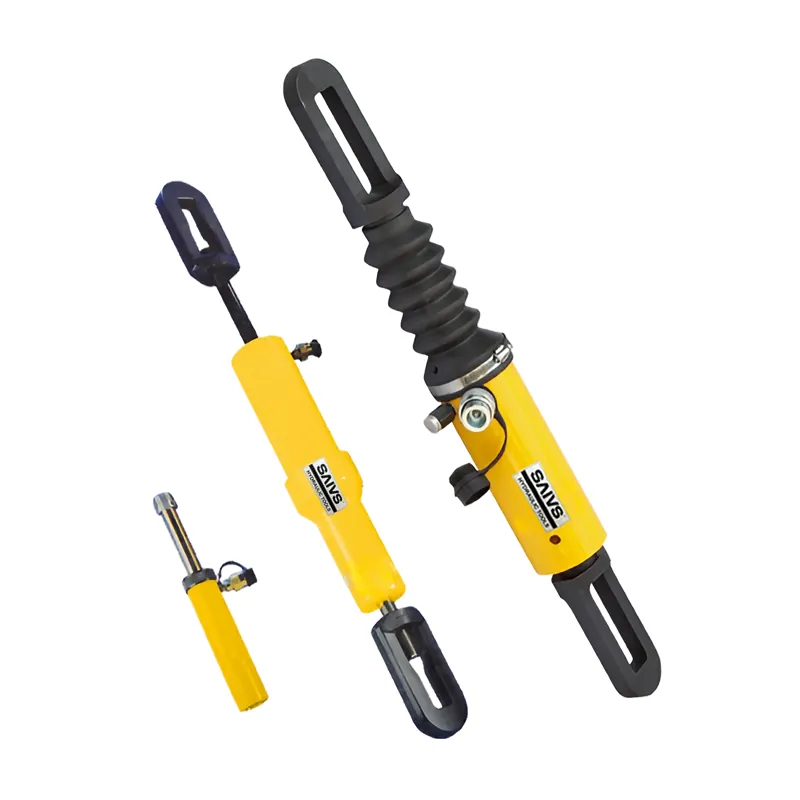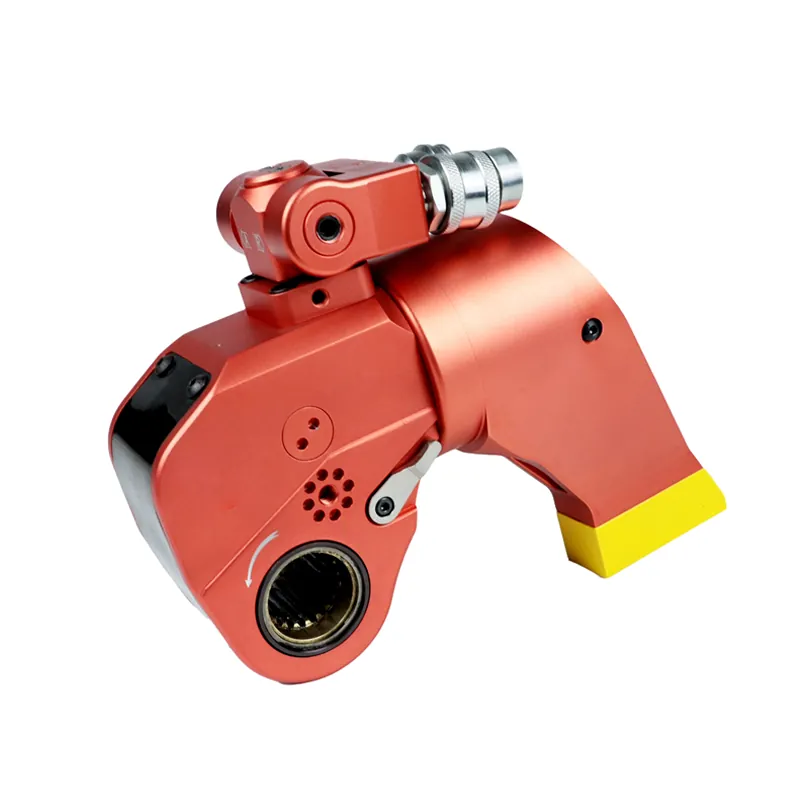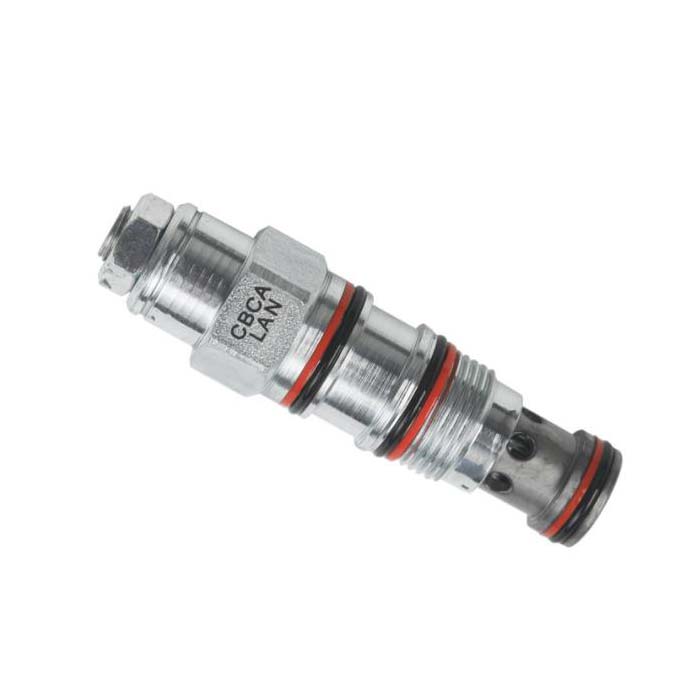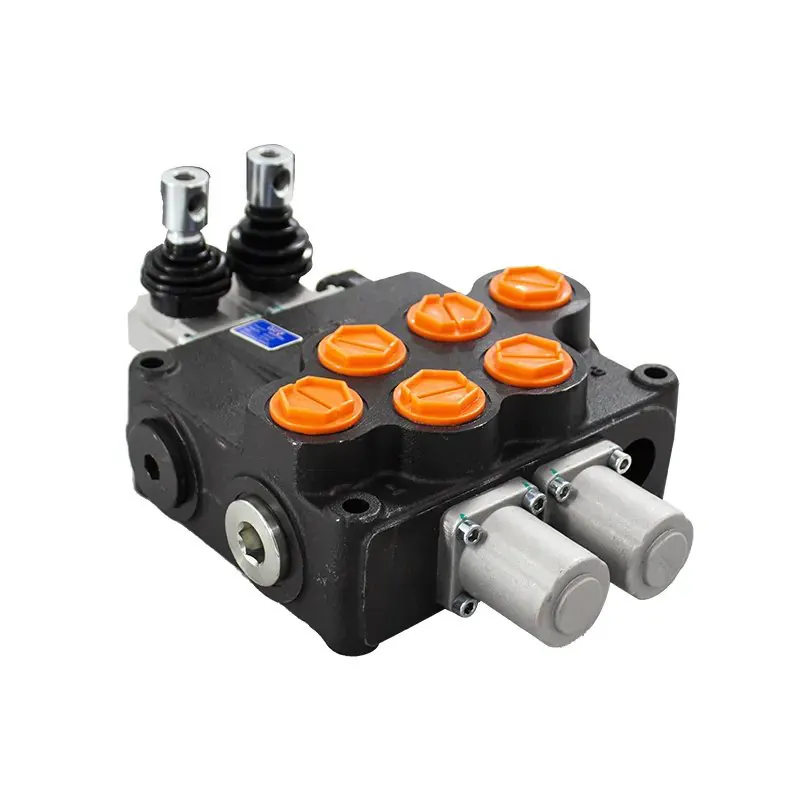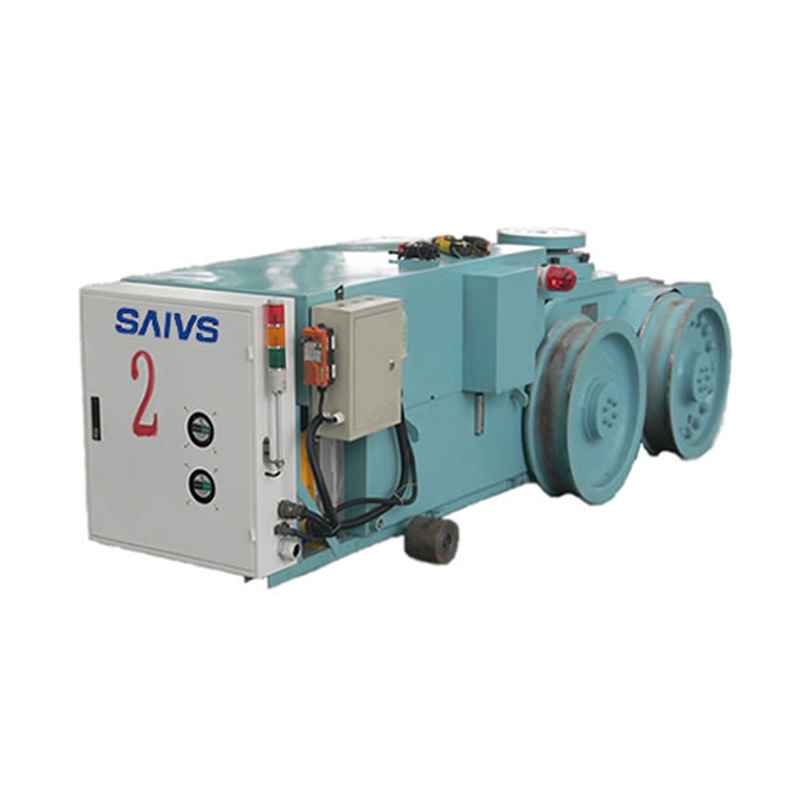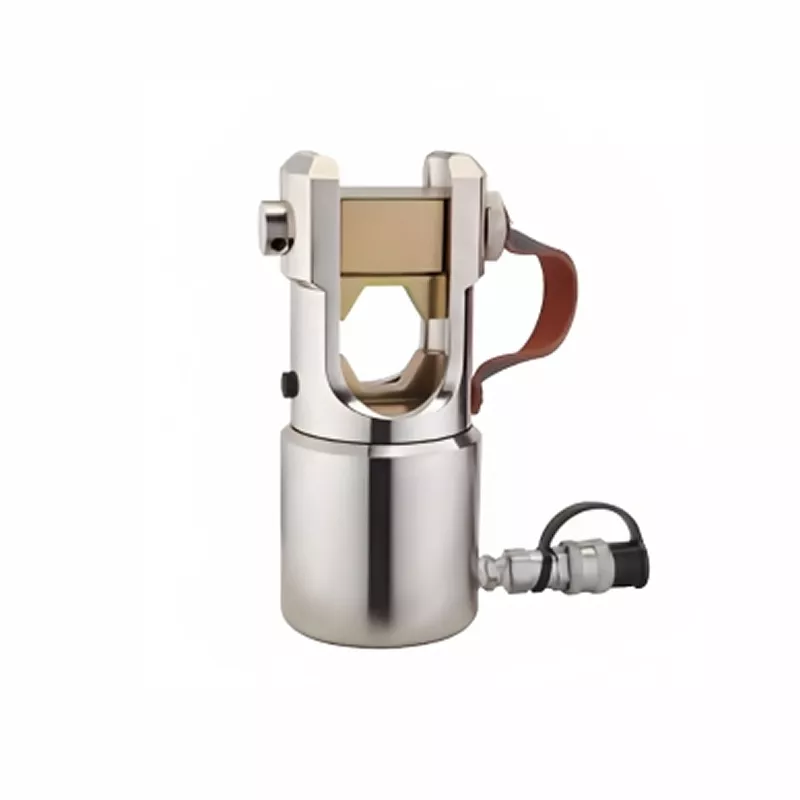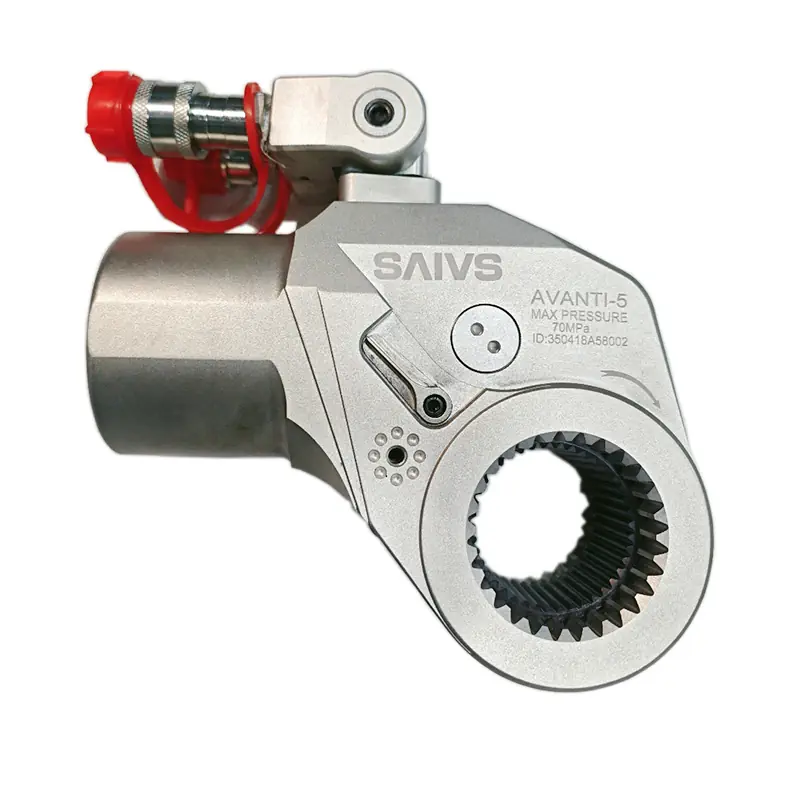maintenance of hydraulic stretchers

Maintenance of hydraulic stretchers
Hydraulic stretchers, also known as hydraulic nut, is an important tool necessary for ships, which must be skillfully used. Many parts of the main engine need to be installed and disassembled by hydraulic stretcher, such as through bolt, bottom bolt, cylinder head bolt, exhaust valve, etc. Next, it introduces the application and maintenance method of the hydraulic stretcher.
Separation of sliding piston and oil cylinder: loosen the forgetful screw, blow the vent with compressed air, and the piston can easily slide out of the oil cylinder.
After replacing the seal ring, install the rectangular seal ring first, and then the circular seal ring. The rectangular seal ring is far away from the pressure seal chamber, and the circular seal ring is close to the pressure seal chamber. After installing the sealing ring, coat the piston and oil cylinder with molybdenum disulfide, install the piston and oil cylinder together, thoroughly clean the thread, and apply lubricating oil or molybdenum disulfide.
If the relief valve is not leaking oil beyond the maximum height, it must be removed for disassembly. Clean all components with compressed air, and replace the release valve if it still cannot be repaired.
After using the hydraulic stretchers, it should be cleaned and the holes on the quick joint should be covered to prevent the garbage from entering.
During the working process, the hydraulic stretcher shall not exceed the maximum lifting height. If it exceeds the lifting height, the lower sealing ring may be damaged. The hydraulic stretcher must be disassembled for inspection or replacement.
The sliding piston shall slide freely in the oil cylinder, and the sliding surface shall be free of scratches, so as to ensure that no hard particles enter the internal closed chamber.

